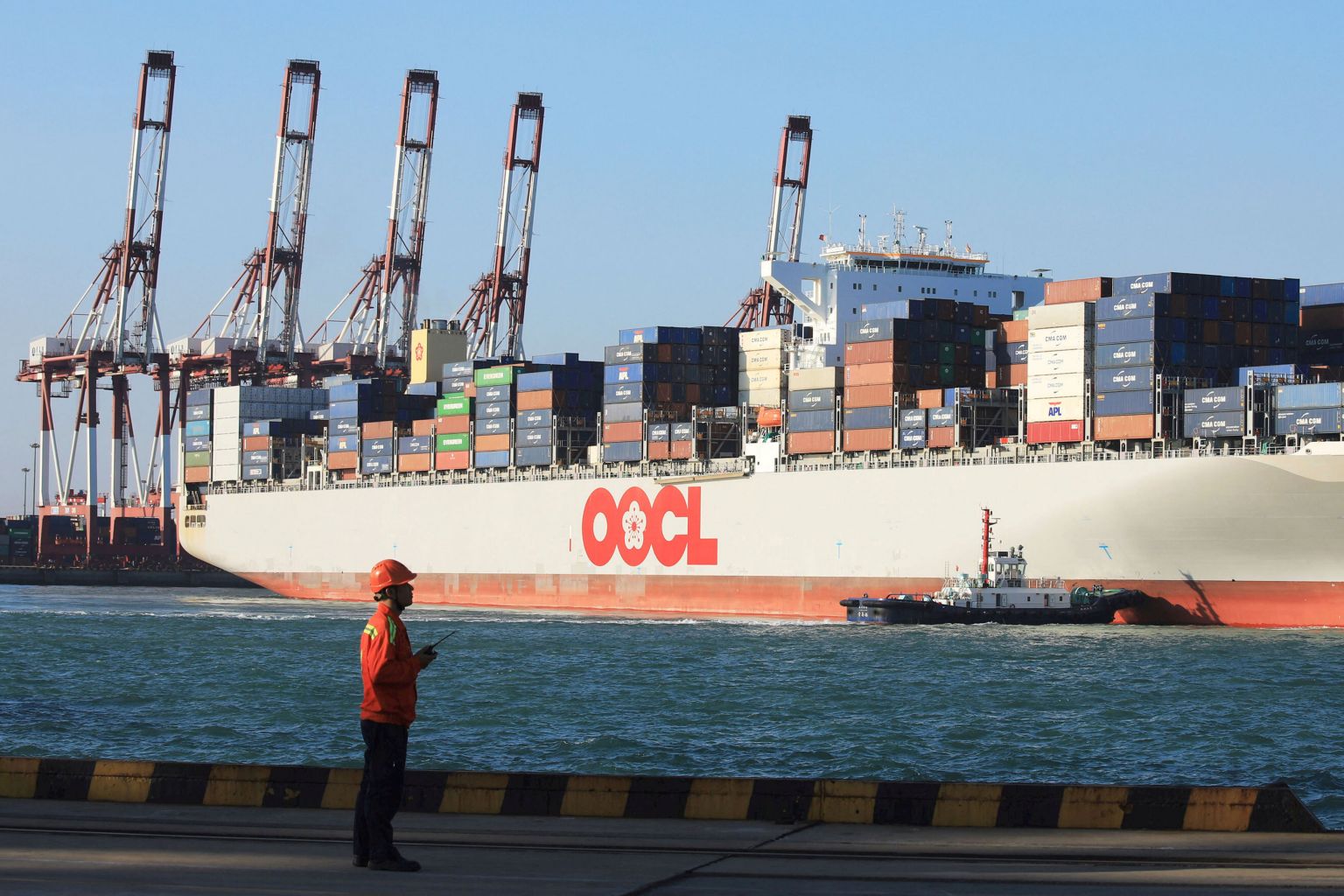China's trade surplus with US hits record even as growth slows
Sign up now: Get insights on Asia's fast-moving developments

China's trade surplus with the US was almost US$35.6 billion (S$48.7 billion), driven by a 9.8 per cent rise in exports compared with the same period last year and a 25 per cent decline in imports.
PHOTO: REUTERS
Follow topic:
BEIJING (BLOOMBERG) - China's trade surplus with the US hit a record in November, even as overall export growth slowed amid waning global demand and uncertainty about a constructive resolution to the trade war.
The trade surplus with the US was almost US$35.6 billion (S$48.7 billion), driven by a 9.8 per cent rise in exports compared with the same period last year and a 25 per cent decline in imports.
Shipments to the whole world in dollar terms rose 5.4 per cent in November, the customs administration said on Saturday (Dec 8), missing estimates.
Imports grew 3 per cent, widening China's trade surplus to US$44.7 billion from US$34 billion. That was the highest this year.
"The weaker-than-expected trade growth is due to a high base, lower oil prices and the fading of front-loading ahead of tariff hikes," said Larry Hu, a Hong Kong-based economist at Macquarie Securities, referring to exporters shipping goods faster to get them into the US ahead of possible tariff hikes.
"Slower exports and property investment will lead to a further slowdown in China's economy," Hu said after the data was released. "Export growth will decline significantly to low single-digits next year as front-loading ends."
That front-loading may still have been happening in November as the US tariff hike threatened for Jan 1, 2019, was still on the table before Presidents Donald Trump and Xi Jinping met during the Group of 20 summit.
The tariff hike, which has helped spur export growth since August, was postponed after the high-stakes meeting last week, where both sides agreed to work towards a substantive agreement within 90 days.
"The truce may buy time for manufacturers to lengthen the inventory cycle, but it is unlikely to boost the capex outlook meaningfully, unless uncertainty is eliminated completely," Angela Hsieh, EM Asia economist at Barclays Bank PLC, wrote in a note dated Dec 4.
"Major economies excluding the US have all shown slowing growth momentum, dragging on overall global demand. Meanwhile imports remain weak on sluggish domestic demand," said Xia Le, Hong Kong-based chief Asia economist at Banco Bilbao Vizcaya Argentaria.
The official factory gauge and other early indicators have pointed to slowing domestic growth. Government support measures have yet to boost business sentiment and offset the effects of waning domestic and global demand.
US-China relations are expected to remain contentious as both countries are too strong to capitulate in negotiations but too interlinked to decouple, according to Moody's managing director Atsi Sheth.

